Hello all,
Today I will continue my series on the Costumes of Vorarlberg with the tracht of Montafon.
Montafon is located in the southwestern corner of Vorarlberg, bordering Tirol and Graubunden. Montafon was originally settled by Romansh speakers from Walgau and Graubunden. The Romansh language was replaced by Allemanish in the 15th cent. The name of the valley itself is Romansh, as are many place names within it.
https://en.wikipedia.org/wiki/Montafon
Montafon
Region 7 on our map
Montafon has both an old and a new tracht, as well as a summer dirndl. The tracht does not vary substantially within this region, there being only minor variations in some of the side valleys.
The Women's formal outfit.
The skirt and bodice of the juppe are black, the skirt is full and ankle length. The bodice reaches the waist, and has a round opening in front bordered by moire ribbon. The shoulders are not sewn, but fastened with a ribbon. An underbodice of light colored silk is also worn which covers the front opening. Over the underbodice a triangular, relatively narrow plastron is worn. The overbodice laces shut over all of this, forming a distinctive pattern, the underbodice being visible on the sides.
For the festive costume, a blouse would not be worn, but presumably a sleeveless chemise and two or more underskirts. In place of the blouse, a jacket would be worn over the bodice, closing at the neck and cut away at the waist to show off the embroidered plastron and bodice while covering the arms.
The second type of jacket is called Schlutta, and has black ornamentation, lace or ribbon, sewn near the end of the sleeve. This is worn with the Sanderhut.
The flat cap of straw or felt is here called Sanderhut. It is ornamented with a large bow, gold filigree on the bow, and gold embroidery on the underside of the brim. This hat likely migrated to Kleinwalsertal from Montafon.
For the maiden's dress costume, the jacket is replaced by a blouse, long sleeved with lace at the cuff, worn under the bodice, and a collarette, similar to that found in Grosse Walser Tal, and various places in Switzerland.
The traditional everyday work outfit has also been preserved. This is a simple, practical outfit usually made of cotton, with short skirts. It includes a jacket which may be worn at need.
Montafon also has some new trachten. The first of these to be developed was the Tanzjüpple. This was developed at the end of the 19th cent. The idea was to have an outfit that was practical for dancing which still retained the distinctive bodice of the Montafon formal tracht. The bodice is made from patterned silk in colors other than black and the skirt is short with a contrasting band at the hem which harmonizes with the bodice. A blouse is worn, but the collarette is not, and the apron is replaced by one of printed cotton, which does not completely encircle the waist.
Sometimes today the skirt is made long again.
The new wool brocade tracht.
This is another new tracht, attractive in its own right, but which loses the distinctive features of the traditional Montafon festive attire. The bodice is made of wool brocade, in a dark color and edged with black ribbon. The jacket resembles that of the traditional everyday outfit, and the apron is made of resist dyed indigo cotton.
There is also a summer dirndl which was designed in 1980.
The men wear a typical alpine suit, usually with a red vest, or lederhosen for less dressy occasions.
And just a few more images of this colorful costume.
Thank you for reading, I hope that you have found this to be interesting and informative, and perhaps it will inspire some embroidery projects.
Roman K.
email: rkozakand@aol.com
Source Material:
Besides the books, I have found these webpages to be valuable sources of information:
https://www.montafon.at/en/my-montafon/special-features/montafon-costume
https://hausmuehle.wordpress.com/2015/03/20/montafoner-brauchtum-die-tracht/
https://www.trachtengruppe-vandans.at/die-montafonertracht/
















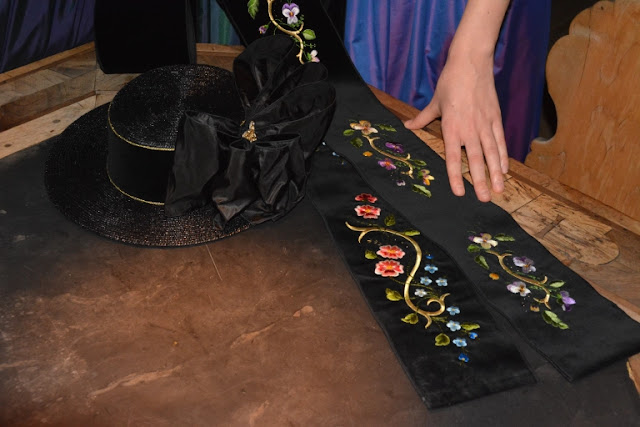

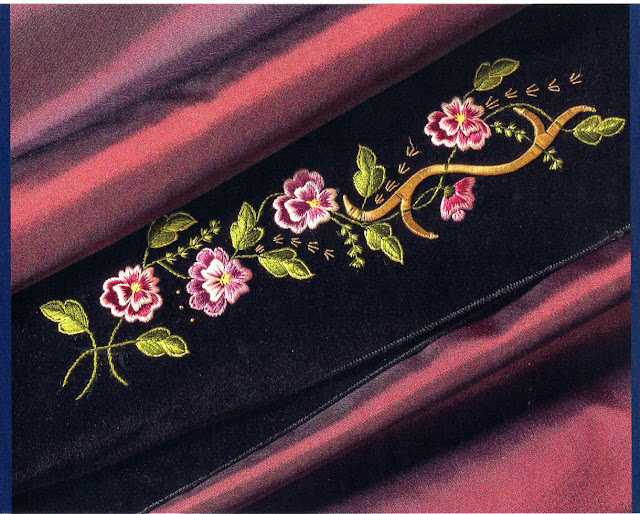





























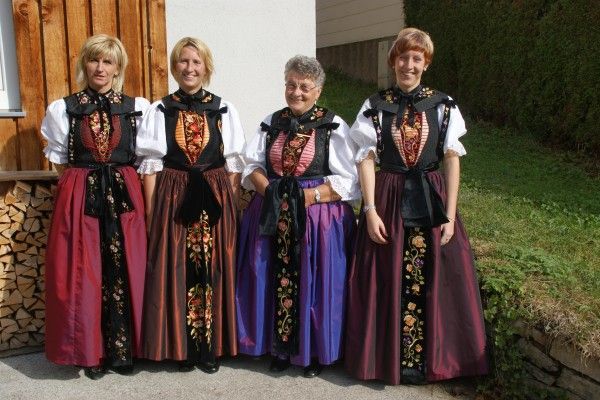






































_b_652.jpg)





.jpg)








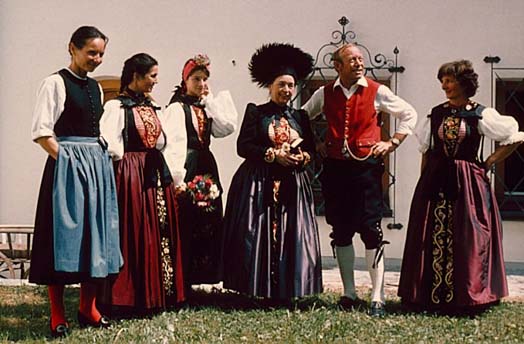
.jpg)
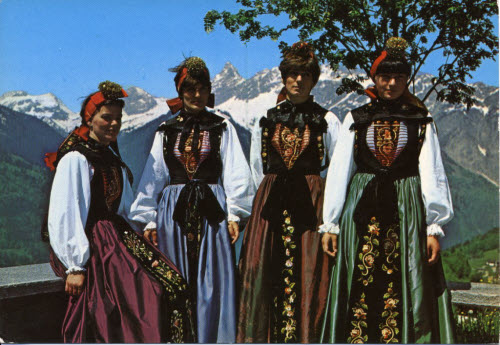
Indeed courage will bear, did it? THank you.
ReplyDeleteI certainly enjoyed every little bit of it.
ReplyDeleteYou should keep it up forever! Best of luck.
ReplyDelete